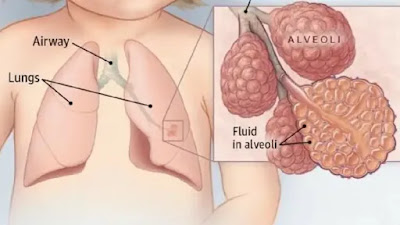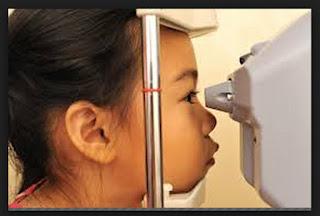Care of school- children and adolescents
Care of school-
children and adolescents
General comments
After school entrance, there are a limited number of medical
conditions for which routine screening is an important part of health care. Early
detection of psychosocial, developmental , and socioeconomic risks should
receive the highest priority during the school years. At the most general
level, the objective of screening all children should be thought of as
identifying the at risk child , which includes the child in an risk household
to be more limited for the school age group than it is for younger children,
who must be accompanied on their visits for care by a parent or other member of
the household. Mass screening of children on entering school provides an opportunity
to review preschool (maternal and infant) records, which should contain
information on the risk status of households. After that, however, properly
trained teachers should be in an excellent position to detect evidence of problems
in schoolchildren s overall development and well-being. This comes under the broad
heading of early detection (of a manifest problem) rather than screening proper
(i. e., uncovering problems for which there are as yet on recognizable signs or
symptoms).
Teacher and care providers should be alert to signs that a
child or adolescent is at high risk, e.g., frequent injuries, a history of
child abuse or neglect in the household, or a precarious social situation at
home (domestic violence, alcohol-related problems). They should also look for
signs of depression in adolescents, including violent or self-destructive behavior,
and pay special attention to those who have frequent acute illness or chronic
illness, or who have just been in hospital . poor school performance,
behavioural problems, and poor
attendance are all indicators of a high-risk child . children identified as at
high risk will require more intensive surveillance than others, as well as
special screening schedules, not covered here.
In the case of children or adolescents not at school or
living here school based screening is not feasible for other reasons, most
screening should be provided by primary care workers trained in the relevant
techniques. The routine screening of children not at school will be difficult,
and the opportunities for intervention may be limited owing to the socioeconomic
conditions responsible for their not attending school in the first place.



